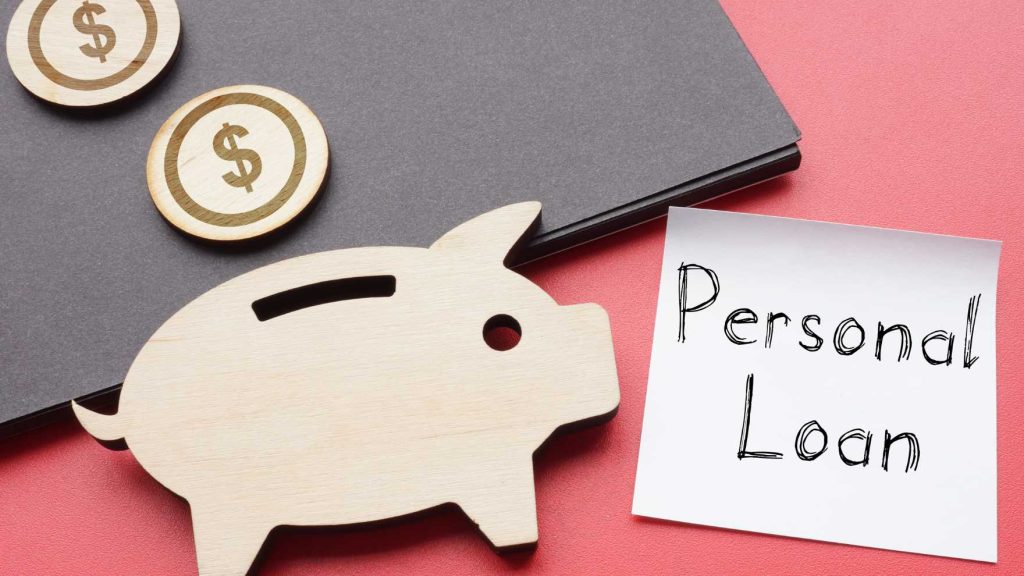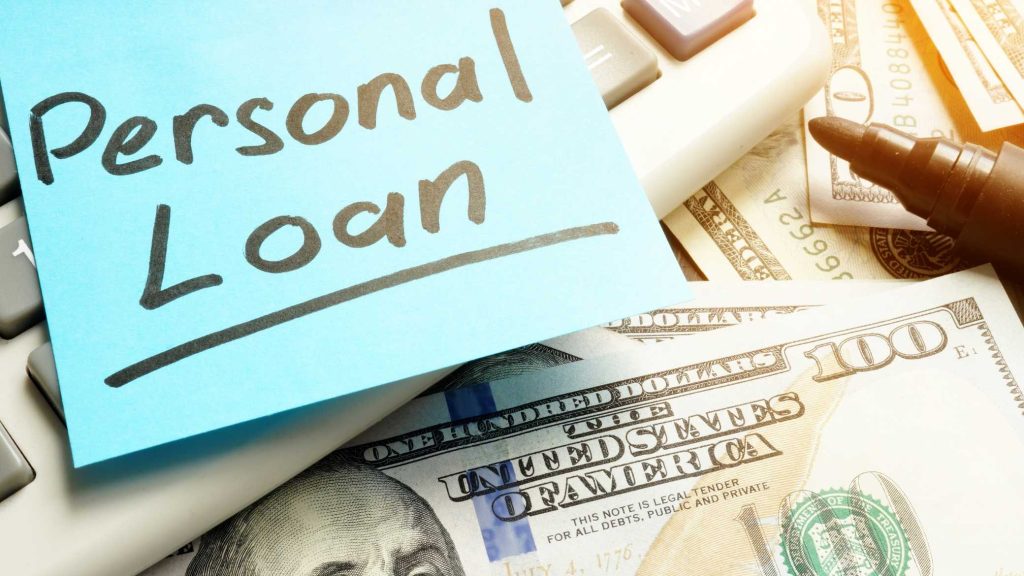When Does a Personal Loan Become an NPA? – Comprehensive Guide for Borrowers 2025
Personal Loan Become an NPA : In the growing credit economy of India, personal loans have emerged as a major source of financial support for salaried individuals, self-employed professionals, and small entrepreneurs. However, while personal loans offer ease of access and flexibility, they also come with strict repayment obligations. One of the lesser-understood but critical issues borrowers face is loan default, particularly when it results in the classification of the loan as an NPA – Non-Performing Asset. Understanding when and how a personal loan becomes an NPA, the impact on borrowers, and the legal and financial consequences involved, is essential in today’s lending environment.
Table of Contents
This comprehensive blog will explore the lifecycle of a personal loan turning into an NPA, regulatory definitions, implications on credit score and legal standing, and ways to avoid or recover from this situation.
What is an NPA (Non-Performing Asset)?

An NPA, or Non-Performing Asset, is a loan or advance where the borrower has failed to pay the interest or principal installment for a period of 90 days or more. As per Reserve Bank of India (RBI) norms, if a borrower fails to make scheduled payments for 90 consecutive days, the bank or financial institution categorizes the loan account as an NPA. This status reflects poor loan performance and prompts lenders to initiate recovery procedures.
Stages of NPA Classification – The DPD Framework
The RBI has defined a structured method for tracking overdue payments using the Days Past Due (DPD) framework. Here’s how it works:
- 0–30 Days DPD: Standard account – no default.
- 31–60 Days DPD: Special Mention Account – SMA-1.
- 61–90 Days DPD: Special Mention Account – SMA-2.
- 91+ Days DPD: Account becomes an NPA.
This process is followed rigorously by banks and NBFCs to identify early signs of stress in borrower accounts and prevent further delinquency.
When Does a Personal Loan Become an NPA?

A personal loan officially becomes an NPA when:
- The borrower fails to pay three consecutive EMIs.
- The interest on the outstanding amount remains unpaid for 90 days.
- The loan account shows no signs of repayment or correspondence with the lender.
Once the account is classified as NPA, it enters into the lender’s recovery process which includes internal recovery efforts, legal proceedings, and in some cases, write-offs or settlements.
Impact of NPA on Borrowers
Becoming an NPA has serious consequences for borrowers:
- Credit Score Drop: Defaulting on a personal loan significantly damages your CIBIL or credit score. A drop of 100–150 points is common, which restricts your eligibility for future loans or credit cards.
- Loan Rejections: Most banks and NBFCs deny loan applications if the applicant has a history of default or existing NPA account.
- Recovery Proceedings: Lenders initiate soft recovery methods like calls and notices, followed by hard recovery through legal channels if the borrower remains unresponsive.
- Loss of Credibility: Individuals with NPA accounts are often blacklisted by banks or flagged as high-risk customers.
- Mental Stress: Continuous communication from banks, recovery agents, and legal notices can create significant stress.
Read more: How to Avoid Rejection of MSME Loans ? : Comprehensive Guide 2025
Legal and Financial Consequences of NPA Classification
When a personal loan is classified as an NPA, the borrower may face several legal and financial challenges:
- Civil Litigation: Lenders may file civil suits for recovery under Section 138 of the Negotiable Instruments Act or other applicable civil laws.
- Arbitration and Lok Adalat: Some banks prefer alternative dispute resolution (ADR) mechanisms like arbitration or Lok Adalats for quicker settlement.
- Loan Recall Notice: A loan recall notice is served, demanding immediate repayment of the entire outstanding amount.
- Bankruptcy and Insolvency Proceedings: For high-value defaults, financial institutions may initiate proceedings under the Insolvency and Bankruptcy Code (IBC).
- Third-Party Recovery Agents: Collection may be outsourced to recovery agents, who are required to follow RBI’s Fair Practices Code, but in practice can be aggressive.
RBI Guidelines on Loan Classification and NPA
The Reserve Bank of India has laid down comprehensive guidelines for banks and NBFCs to classify and manage NPAs. Key aspects include:
- Personal loans overdue for more than 90 days should be immediately classified as NPAs.
- Provisioning norms require banks to set aside a certain percentage of the loan value as provision.
- Reporting to credit bureaus is mandatory for all NPA accounts.
- RBI mandates that recovery agents must follow ethical guidelines and cannot harass borrowers.
How Lenders Handle Personal Loan NPAs

When a personal loan is marked as NPA, the lender activates internal protocols and legal mechanisms to recover the outstanding amount:
- Follow-up and Negotiation: The bank attempts to contact the borrower and may offer settlement or restructuring options.
- One-Time Settlement (OTS): Some banks allow settlement of dues at a reduced amount based on borrower’s financial hardship.
- Asset Tracing: Though personal loans are unsecured, in some cases banks may investigate assets for potential recovery.
- Credit Bureau Reporting: Defaults are updated regularly on the borrower’s credit report.
- Write-off and Tax Adjustment: When recovery becomes impossible, the loan is written off, but this does not absolve the borrower of liability.
Borrower’s Rights and Protections in NPA Cases
Despite the implications of default, borrowers have legal rights and protections:
- Right to Notice: Lenders must provide a written notice before initiating legal proceedings.
- Right to Clarification: Borrowers can ask for detailed explanation of outstanding dues and charges.
- Right to Settle: Borrowers can approach the lender for restructuring or settlement before legal action is initiated.
- Right to Privacy: Lenders cannot share sensitive information or publicly shame defaulters.
- Right to Raise Dispute: If there is any error or dispute, borrowers can approach the RBI Ombudsman or Consumer Courts.
Buy Now : Beginner to Advanced Option Trading Strategy
Tips to Avoid Your Personal Loan Becoming an NPA
- Plan Your Finances: Borrow within your repayment capacity. Don’t take loans to repay other loans.
- Track EMIs: Automate EMI payments or set up reminders.
- Build Emergency Fund: Keep a buffer for at least 3–6 months of EMIs.
- Communicate Early: Inform your lender if you anticipate payment difficulty. Early restructuring may prevent NPA classification.
- Avoid Multiple Loans: Don’t stack personal loans from different sources; it increases repayment risk.
Steps to Recover From a Personal Loan NPA Status
Even after becoming an NPA, it’s possible to regain control and rebuild your financial health:
- Negotiate With the Lender: Discuss a one-time settlement or revised EMI plan.
- Start Paying Dues: Partial payments are better than no payments.
- Credit Rebuilding Loan: Consider taking a small secured loan to rebuild your score.
- Monitor Credit Reports: Regularly check your credit status and report any inaccuracies.
- Seek Expert Help: A financial advisor or credit counselor can guide you.
Financial Institutions and Personal Loan NPAs in India – A 2025 Outlook
As of 2025, digital lending platforms and NBFCs dominate the personal loan segment in India. However, the rise in unsecured lending has also led to higher NPA ratios in this category. The RBI and industry players are focusing on:
- Tighter KYC and risk assessment norms
- Use of alternative credit scoring models
- Enhanced borrower education
- Automated monitoring of EMIs and DPD status
Conclusion: Financial Discipline is the Best Protection

A personal loan turning into an NPA is not just a financial crisis; it can have long-term implications on your financial credibility and personal peace. Timely repayment, effective communication with lenders, and sound budgeting can help you avoid such situations altogether. In today’s credit-driven environment, being a responsible borrower is just as important as being an eligible one. If you are already struggling with repayment, take corrective steps before your loan slips into NPA status. Being proactive, transparent, and financially aware is the best way to protect your credit profile in 2025 and beyond.
Buy Now : Beginner to Advanced Option Trading Strategy
Disclaimer: This blog is for informational purposes only and should not be considered financial or legal advice. Please consult with financial institutions or professionals for specific guidance related to loan defaults or NPAs.
Keywords : Personal Loan Become an NPA – Personal Loan Become an NPA



